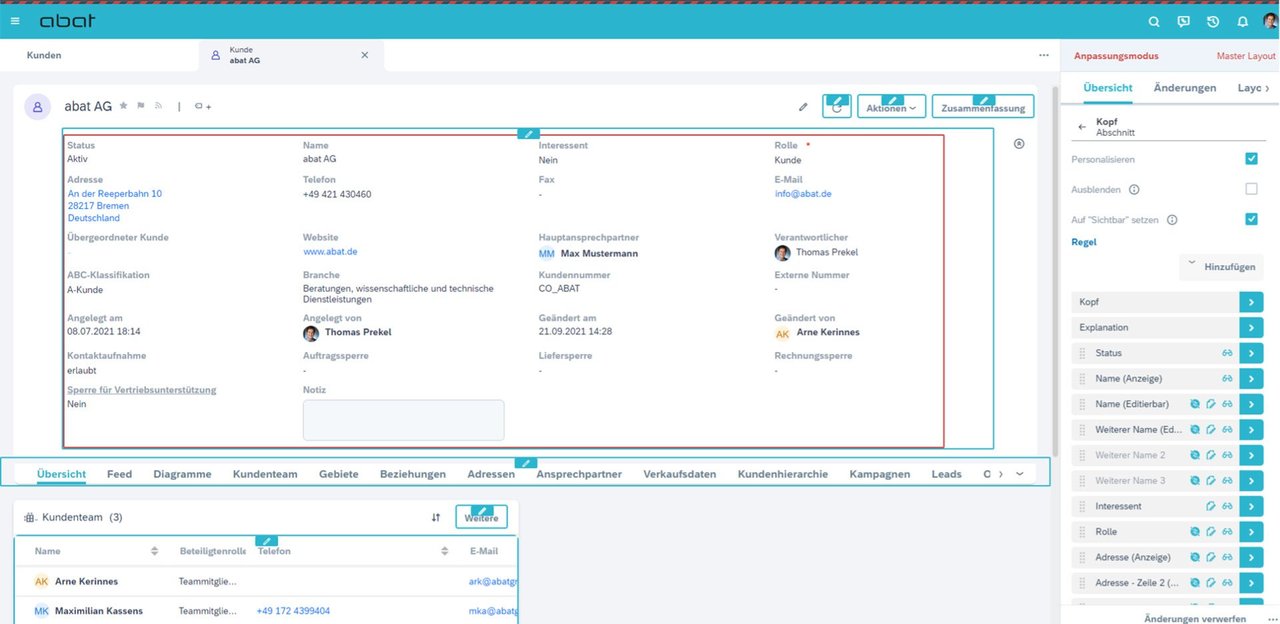Conclusion:
Overall, SAP Sales Cloud offers several advantages over pure S/4HANA Cloud Sales, including comprehensive sales capabilities, improved customer engagement, greater flexibility, faster implementation, and continuous innovation. A choice between solutions depends on specific business requirements, and it is therefore important to consider the options carefully. However, a choice does not usually arise, as Sales Cloud can be used as an ideal extension of S/4HANA Sales. Both systems can be seamlessly integrated with each other via the SAP Business Technology Platform and thus the added values of both solutions can be fully exploited. In terms of architecture, S/4HANA forms the powerful back-office ERP, while SAP Sales Cloud acts as the front-office CRM directly at the customer.










